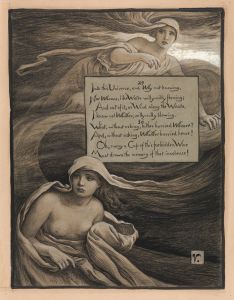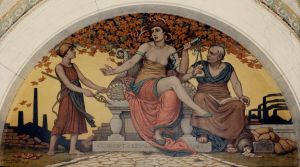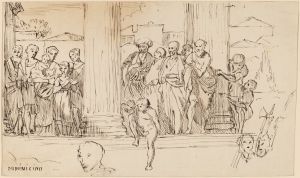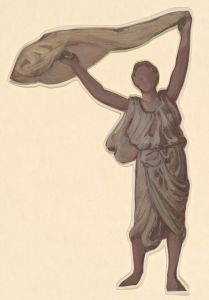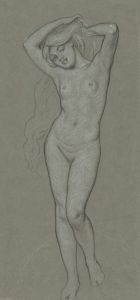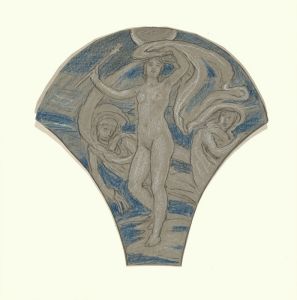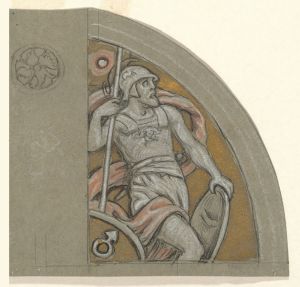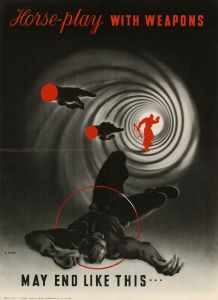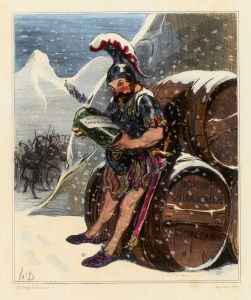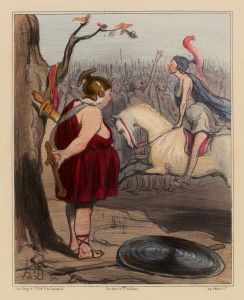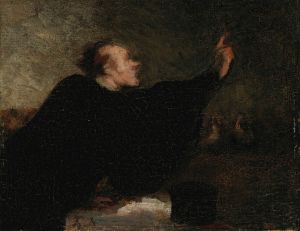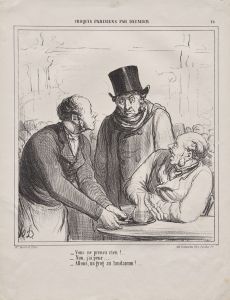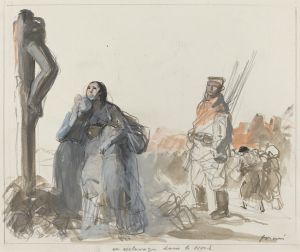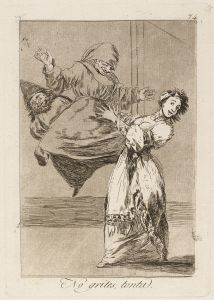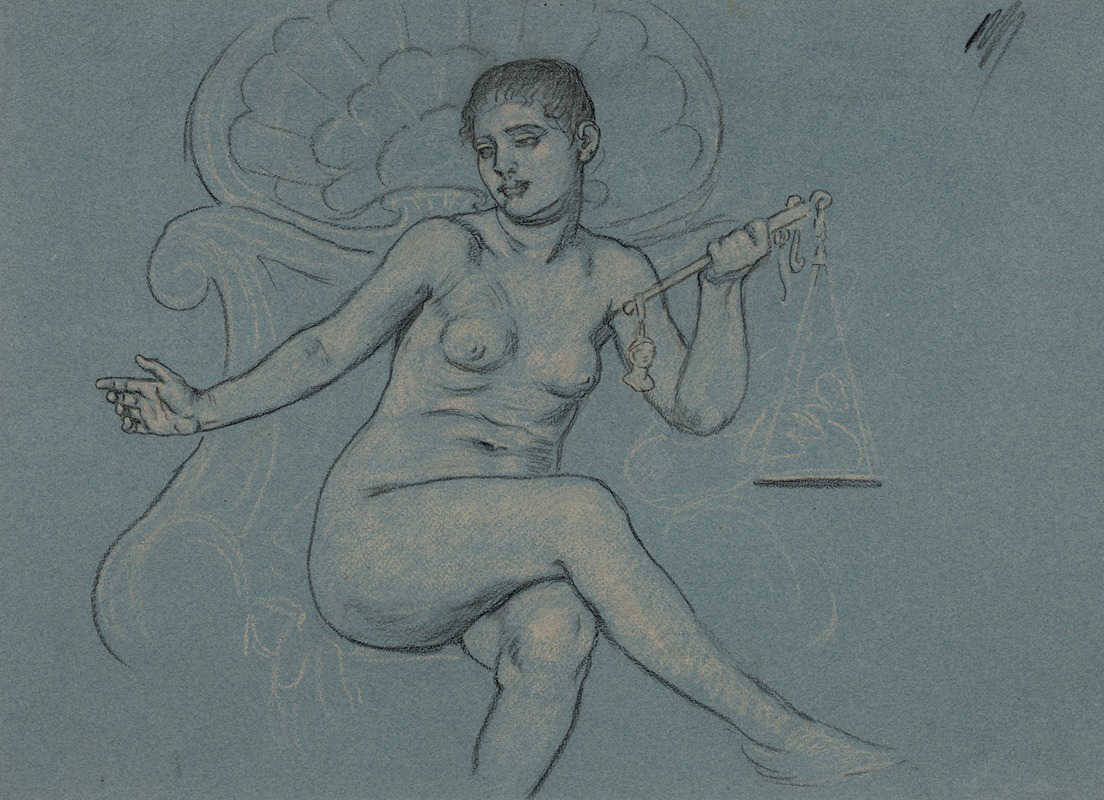
Study for central figure in Corrupt legislation
A hand-painted replica of Elihu Vedder’s masterpiece Study for central figure in Corrupt legislation, meticulously crafted by professional artists to capture the true essence of the original. Each piece is created with museum-quality canvas and rare mineral pigments, carefully painted by experienced artists with delicate brushstrokes and rich, layered colors to perfectly recreate the texture of the original artwork. Unlike machine-printed reproductions, this hand-painted version brings the painting to life, infused with the artist’s emotions and skill in every stroke. Whether for personal collection or home decoration, it instantly elevates the artistic atmosphere of any space.
"Study for Central Figure in Corrupt Legislation" is a preparatory drawing by the American artist Elihu Vedder. This work is part of Vedder's extensive exploration of social and moral themes, which he often depicted through allegorical and symbolic imagery. Elihu Vedder, born in 1836 and active until his death in 1923, was a prominent figure in the American Symbolist movement, known for his mystical and often darkly imaginative works.
The drawing "Study for Central Figure in Corrupt Legislation" was created as a preliminary study for a larger painting or mural that Vedder envisioned. The central figure in this study is typically depicted as a personification of corruption, embodying the moral decay and ethical compromises associated with corrupt governance and legislation. Vedder's choice to focus on such a theme reflects his deep concern with the social and political issues of his time, particularly the pervasive corruption in government and the detrimental effects it had on society.
In this study, Vedder employs his characteristic style, which combines precise draftsmanship with a strong sense of drama and emotion. The central figure is often rendered with exaggerated features or gestures to emphasize the moral message of the piece. The use of light and shadow in the drawing helps to create a sense of depth and highlights the figure's importance within the composition.
Vedder's work on "Corrupt Legislation" fits within a broader context of his career, where he frequently addressed themes of justice, morality, and the human condition. His other notable works include illustrations for Edward FitzGerald's translation of "The Rubaiyat of Omar Khayyam," which also showcase his skill in blending literary and visual art to convey complex philosophical ideas.
The preparatory nature of "Study for Central Figure in Corrupt Legislation" indicates that Vedder was meticulously planning the final composition, paying close attention to the details that would convey his intended message. This study would have served as a guide for the final work, allowing Vedder to experiment with different poses, expressions, and compositional elements before committing to the final piece.
Elihu Vedder's contributions to American art, particularly through his allegorical and symbolist works, have left a lasting impact. His ability to address contemporary issues through timeless and universal themes continues to resonate with audiences today. "Study for Central Figure in Corrupt Legislation" exemplifies Vedder's commitment to using art as a means of social commentary and his skill in creating powerful, thought-provoking imagery.





